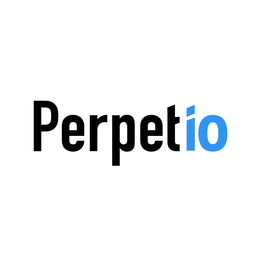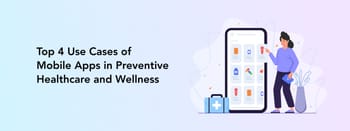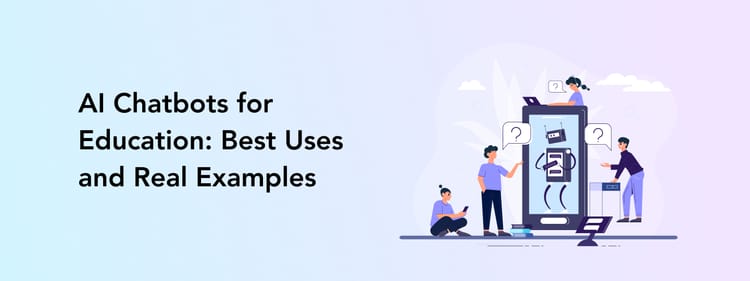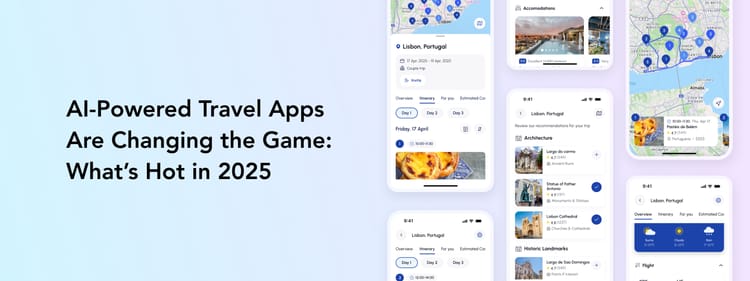Construction sites remain one of the most dangerous workplaces. In 2022, over 1,000 workers lost their lives on construction sites in the U.S.
What if we could change that? What if those numbers weren’t just data points, but lives saved because someone spotted a risk ahead of time?
For too long, Health & Safety (H&S) has been viewed as a necessary cost, a compliance burden, or an unfortunate consequence of doing business. But what if you could move beyond reacting to incidents and proactively prevent them?
The benefits of AI for construction sites are already visible: industrial computer-vision solutions have helped reduce reportable workplace injuries by up to 85 %
That means fewer injuries, fewer delays, and many more workers going home safe.
Let’s discover how AI and predictive analytics can help build safer worksites and how these insights can turn into real-time decisions with a practical construction safety analytics platform.
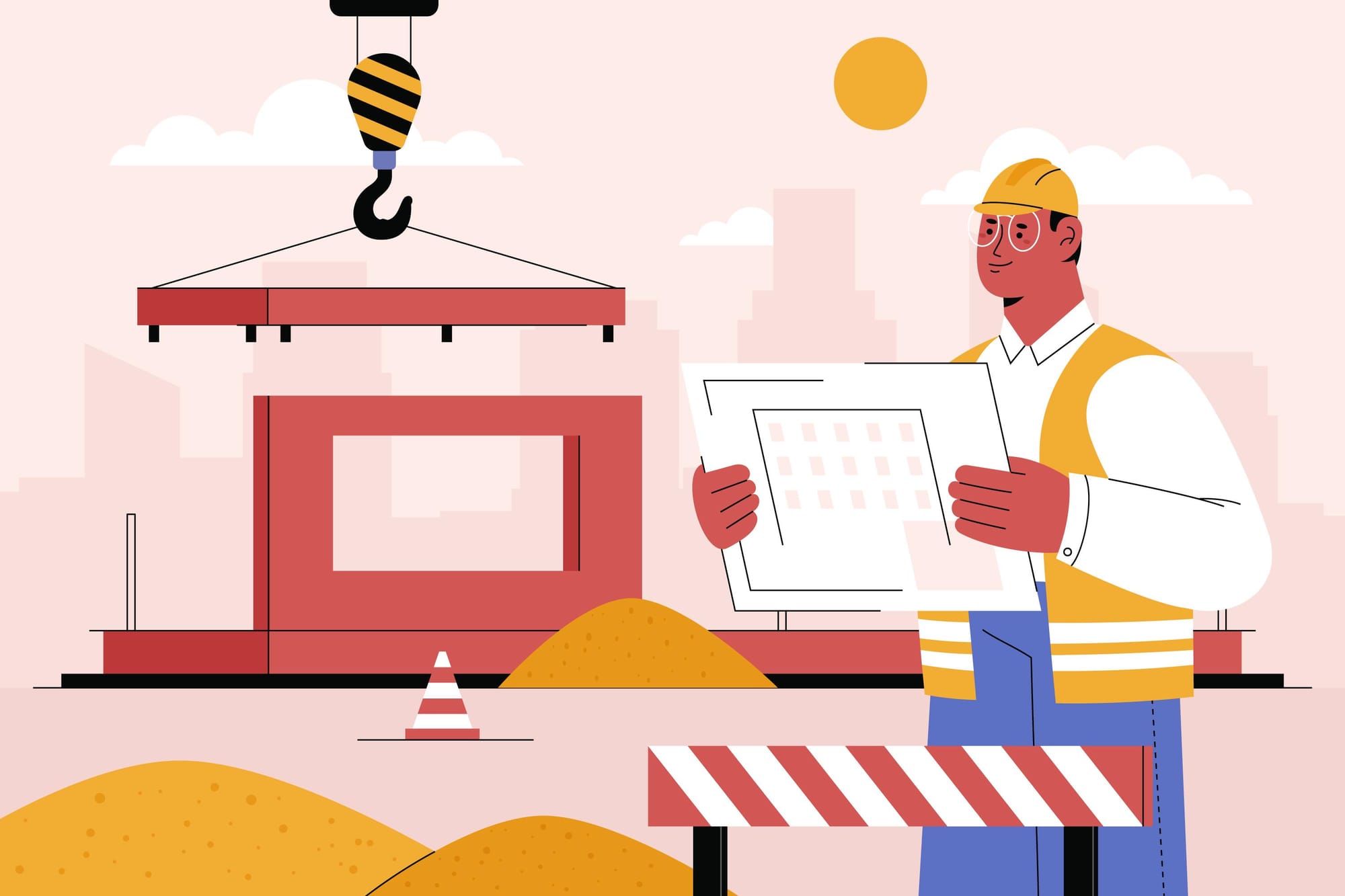
The Staggering Cost of Inaction: Why Traditional Safety Falls Short
The human cost of workplace incidents is immeasurable, but the financial toll is stark. Globally, millions of injuries and hundreds of thousands of fatalities occur each year. These aren’t just abstract numbers; they represent real financial drains on businesses.
Consider the construction industry, a sector ripe for disruption. Employment in construction accounts for approximately 7% of the global workforce, while the industry faces a vastly disproportionate rate of fatal accidents.
In the U.S., the construction industry accounts for about 20% of all worker deaths (in 2023). This disproportionate impact highlights the urgent need for more effective safety measures.
Beyond the immediate medical and compensation costs, incidents ripple through an organisation, impacting everything from insurance premiums to stock value. One study by the Construction Safety Research Alliance (CSRA) found that just one medical treatment case per 200,000 hours can reduce a firm’s value by 3.68% next quarter, meaning for a $10 million company, that would translate to a valuation drop of about $368,000.
Main Use Cases of AI for Construction Site Safety
AI is already helping construction teams stay one step ahead of risks. It’s important to understand that it doesn’t replace people, like managers, but simply gives them better tools to make sites safer and work smoother.
Think of it this way: instead of flipping through pages of incident reports or walking the entire site to spot potential hazards, you can give the existing data to AI and receive a detailed analysis in a few minutes.
Here are some real-time use cases of AI for construction site safety:
Scanning patterns for danger
Construction sites accumulate a lot of data: camera footage, incident logs, weather conditions, and worker shifts. AI uses all that to spot unsafe conditions before they become incidents. For example, one deep-learning study using a YOLOv7 model trained on helmet, vest, and shoe detection achieved a mAP@0.5 score of 87.7% for detecting safety gear violations.
Another project in Taiwan combined cameras and sensors to monitor hazards like proximity between workers and heavy machinery, showing that this type of system “significantly enhances hazard detection and response times.”
In the construction safety solution we built at Perpetio, we feed incident history, weather data, and shift logs into our model, so the dashboard can flag zones where risk is spiking. The result: supervisors know where to focus attention before the next incident.

Forecasting risk for the next 7 days
Rather than waiting for a problem, AI can forecast a risky day ahead. For example, in one case, a model found that crews with more than 30% new workers, working on Mondays in hot weather, had 4.2 times higher injury risk.
In large-scale reports, construction firms say they’ve seen major drops in accidents after using predictive analytics: one firm reported a 40% reduction in equipment-related injuries by using forecasting tools.
In our Perpetio platform, the “7-Day Risk Forecast” shows each upcoming day’s risk rating. Teams use that to plan for extra inspections, shift different crews, or schedule the high-risk tasks when support is strongest.

Automated insights and recommendations
Once risk is detected, the system goes a step further by telling you what to do. A case study of a system that detected objects like missing guardrails or open holes illustrates how it can categorize hazards and produce ranked alerts from “high” to “low”.
Another example: a platform deployed across many sites detected PPE compliance issues. One example shows that after deploying AI, PPE compliance improved from 82% to 97% within three months.
In Perpetio’s MVP, when the system detects a high-risk pattern, it surfaces a recommendation list: “Increase supervisor presence in Zone B”, “Reschedule heavy lift on Friday”, “Check crane proximity tonight”. This turns raw insight into concrete action.

Combining insights into one clear view
Data from different systems, camera feeds, shift logs, weather, and incident reports can be hard to stitch together. AI can integrate data from several sources, analyze it, and present it as easy-to-comprehend reports and insights.
For example, research shows AI‑driven platforms can pull together live job‑site data, historical logs, and risk indicators to give managers real‑time visibility of site health.
At Perpetio, we built a single dashboard where you see: total incidents this year, incident trends over months, the 7-day risk score, zones flagged for action, and recommended next steps. It’s designed so supervisors don’t switch between systems.

AI for Construction Health and Safety: What's Behind the Technology
At its core, Artificial Intelligence in H&S is about leveraging data to identify patterns, predict risks, and automate responses that prevent incidents before they happen. It's not magic; it's sophisticated data analysis at scale.
Think of AI as an incredibly diligent, tireless safety observer with an encyclopedic memory and the ability to process vast amounts of information simultaneously. It doesn't get tired, it doesn't overlook details, and it learns continuously.

Here's a simplified breakdown of how it works in a safety context:
Machine Learning (ML): This is the engine of AI. ML algorithms are "trained" on historical safety data: incident reports, near-misses, inspection logs, environmental conditions, equipment maintenance records, and even weather patterns.
The more data it processes, the smarter it gets at identifying correlations and predicting potential hazards. For example, it might learn that a specific combination of equipment age, operator shift length, and temperature fluctuation significantly increases the risk of a particular type of incident.
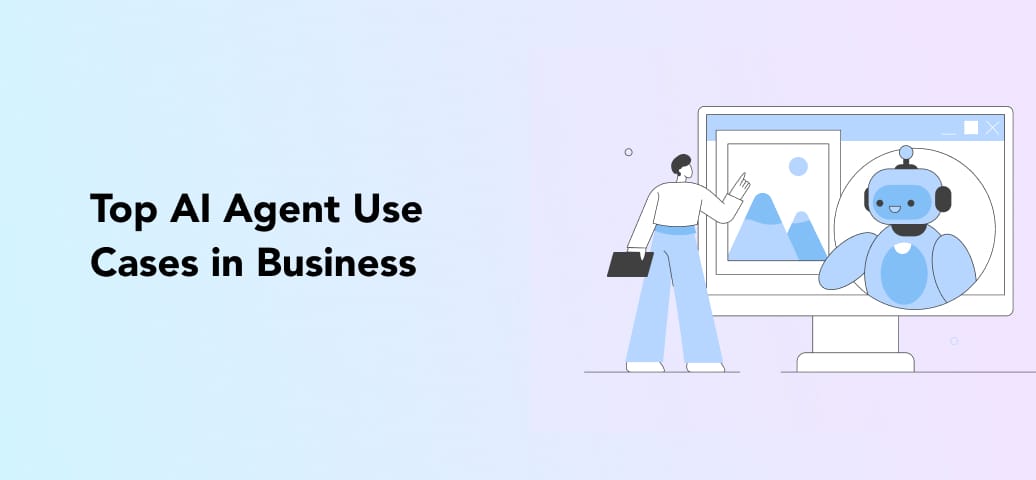
Computer Vision: This allows AI to "see." Cameras on site can feed real-time video into an AI system, which can then identify unsafe behaviors (e.g., lack of PPE, unauthorized access), detect hazards (e.g., spills, blocked exits), or monitor compliance with safety protocols.
Predictive Analytics: This is the outcome. Based on the patterns identified by ML and the real-time data from sources like computer vision and IoT sensors, AI can generate predictive risk scores. It can alert safety managers to high-risk areas, equipment, or even individuals, allowing for intervention before an incident occurs.
How to Develop a Construction H&S Platform with AI
Building a reliable AI-powered safety platform starts with understanding real needs on-site, not just adding smart features for the sake of it. Here’s how to approach development step by step to make sure your tool supports people where it truly matters.
Step 1. Define goals and gather insights
Before jumping into design or AI integration, it’s important to understand how safety is managed now. This can include interviewing site supervisors, safety officers, and project managers to identify which tasks take the most time or where human oversight is limited.
At Perpetio, our team starts with research and needs analysis to uncover these pain points. For example, when developing our construction safety MVP, we focused on helping teams predict risk levels and reduce paperwork: two areas that directly affect safety outcomes.
Step 2. Choose the right AI models
AI for construction sites can process video, images, and historical data. Based on project needs, developers can use:
- Computer vision for hazard detection or PPE monitoring
- Predictive analytics to forecast risk levels for the coming week
- Natural language processing for analyzing safety reports and identifying recurring issues
For instance, our MVP uses predictive models trained on incident data and weather conditions to calculate risk scores and highlight potential danger zones.
Step 3. Select key features and data sources
Once the AI logic is set, it’s time to build a feature set that connects everything in a way that feels natural to users. A safety analytics platform can include:
- Incident tracking and visualization
- Risk prediction dashboards
- Automated recommendations
- Real-time alerts and notifications
- Integration with IoT sensors or wearable devices
Our solution brings these insights together in one dashboard — supervisors can open the app, view incident patterns, and immediately see where to focus safety efforts for the week.
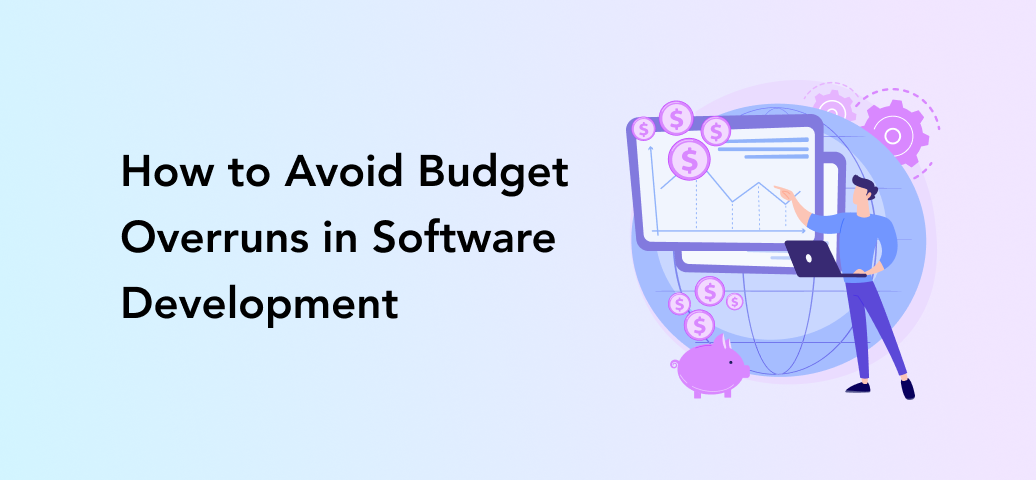
Step 4. Design a simple, clear user interface
Even the most advanced analytics lose value if the interface feels complicated. Construction teams need a dashboard that shows what’s urgent and what can wait, ideally with color-coded indicators and short summaries.
At Perpetio, we emphasize usability testing during design to make sure workers and managers can quickly interpret AI results without any technical training.
Step 5. Test with real users and refine
Before launch, testing the platform with actual construction teams helps validate predictions and ensure the insights are useful. Gathering early feedback also helps fine-tune the AI models; for instance, adjusting how the system interprets risk patterns or sends alerts.
Our team often conducts beta testing sessions to observe how supervisors interact with the dashboard and make data-driven improvements before release.
Step 6. Monitor performance after launch
AI platforms evolve over time. Tracking user engagement, accuracy of predictions, and how often alerts lead to action is key to improving long-term reliability.
Metrics like alert response rate, false positives, or reduction in near-miss incidents help measure real impact.
Perpetio’s ongoing analytics support helps clients understand how their platform performs in the field and which updates could make it even more effective.
Key Considerations for Building AI for Construction Sites
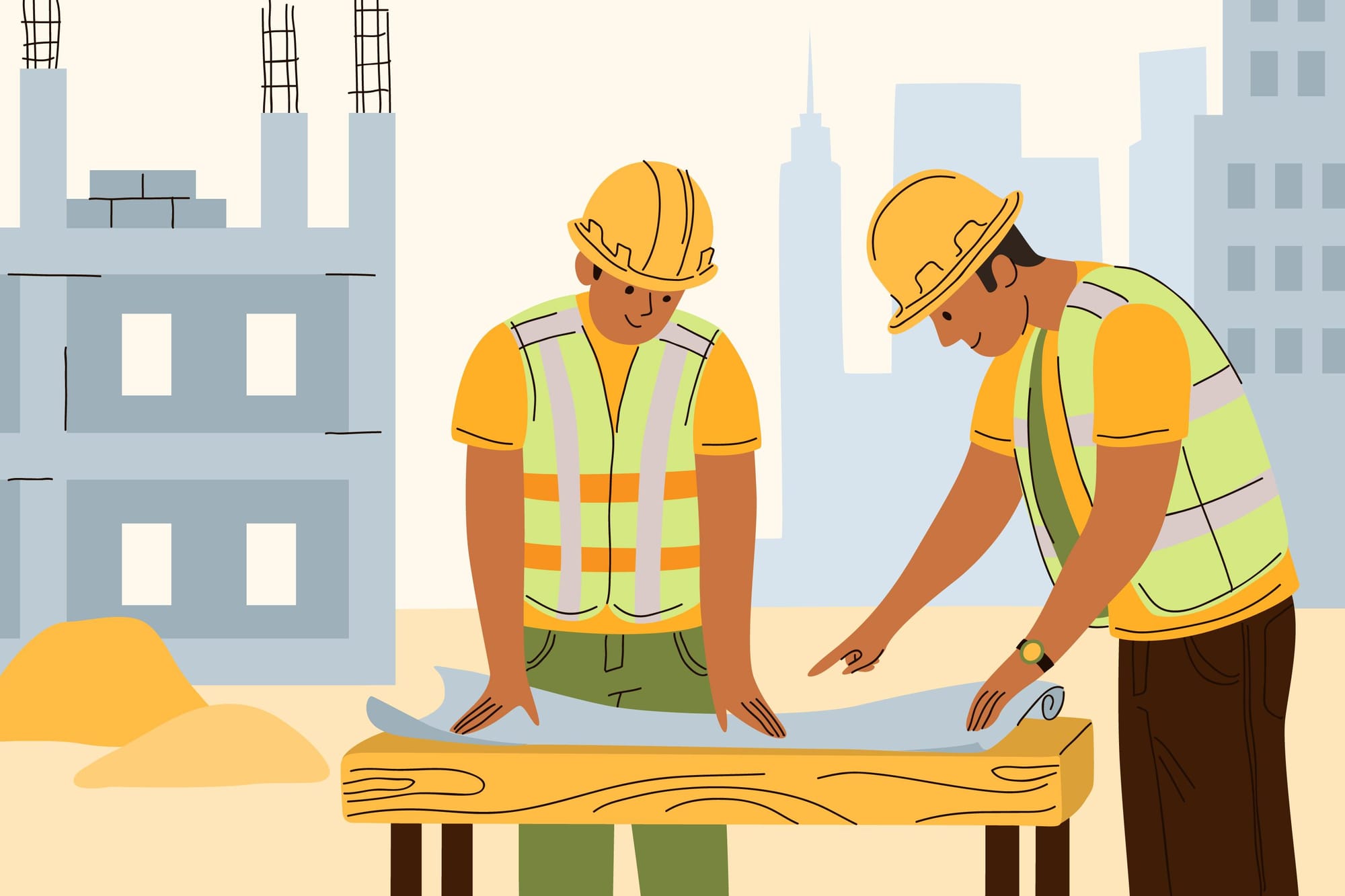
Developing an AI safety platform is not only about technology, but also about responsibility. Since the system deals with real people and sensitive workplace data, a few points deserve special attention:
- Data collection and quality: AI needs high-quality, relevant data, e.g., from past incident logs, equipment sensors, or weather reports. It’s essential to anonymize all personal information before training models.
- Transparency and ethics: Workers should understand what data is collected and how predictions are made. Clear communication builds trust and prevents resistance to using new tools.
- Training and adaptation: AI can highlight risks, but teams still make the final decisions. Regular training sessions help workers interpret insights correctly and respond effectively. Plus, not all team members might be familiar with technology and might require additional training on how to use the platform.
- Continuous improvement: The system must be monitored and refined to reflect real-world conditions, ensuring it remains fair, accurate, and reliable over time.
AI can make work sites safer, but only when it’s developed responsibly, with people in mind.
Consider Perpetio Your Trusted Partner
Perpetio helps construction companies use AI to create safer, smarter worksites. Our team has experience designing platforms that predict risks, track incidents, and turn complex data into clear insights anyone on-site can use.
If your company is exploring how to apply AI for safety, we can guide you through each stage: from defining the concept to preparing the data and building a working prototype.
Schedule a free consultation with our team to see how AI can make your construction sites safer and your teams more confident on the job.

